Excited about the upcoming, mid-engined Corvette? This is its daddy
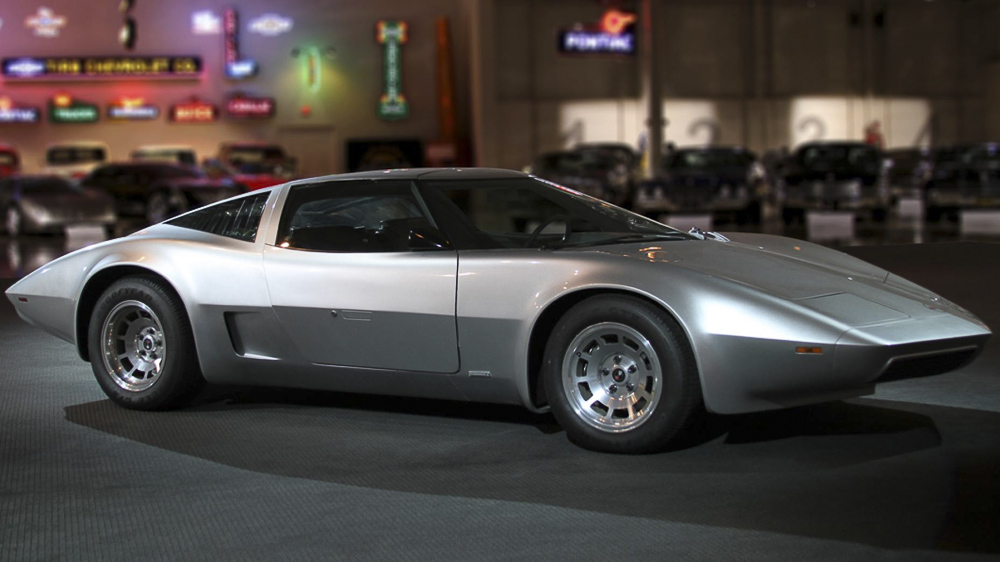
Ah, something V8-powered and American, then? Pretty well par for the course.
Well yes, but there’s a catch. And it’s not the mid-engined part.
When you think of the cars made by General Motors in the 1960s, you tend to envisage big, lazy engines formed from iron, put together by men named Hank and Buzz and Jim between a few bottles of Bud Light at the bowling alley.
So it might be a touch surprising to learn that the Aerovette that you see here was actually a testbed for GM’s dalliance with rotary power.
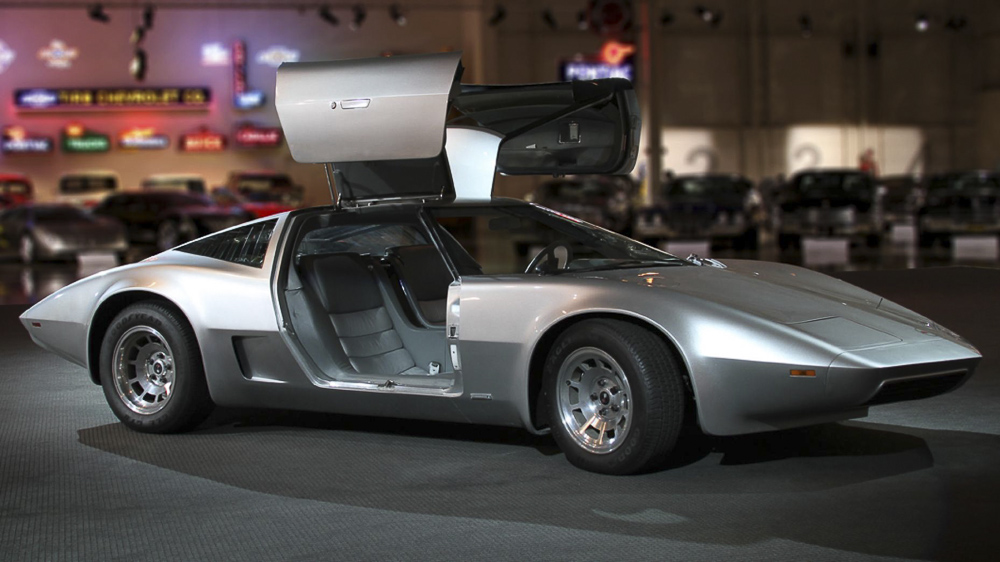
Wait. GM was interested in rotaries?
Yes, the mainstay of Mazda also got under the skin of then-president of GM, Ed Cole, who was “fascinated by the smoothness and power of the Wankel rotary engine.”
Unfortunately, GM ran into the same problems that prevented manufacturers from Alfa Romeo to Rolls-Royce from pursuing the rotary engine themselves – vast, inexorable consumption of both fuel and oil.
By the end of its development, GM said it had figured out the thirstiness of its Wankel-based powerplants, and was producing serious speed in the mid-engined ‘Corvette Four-rotor’ concept.
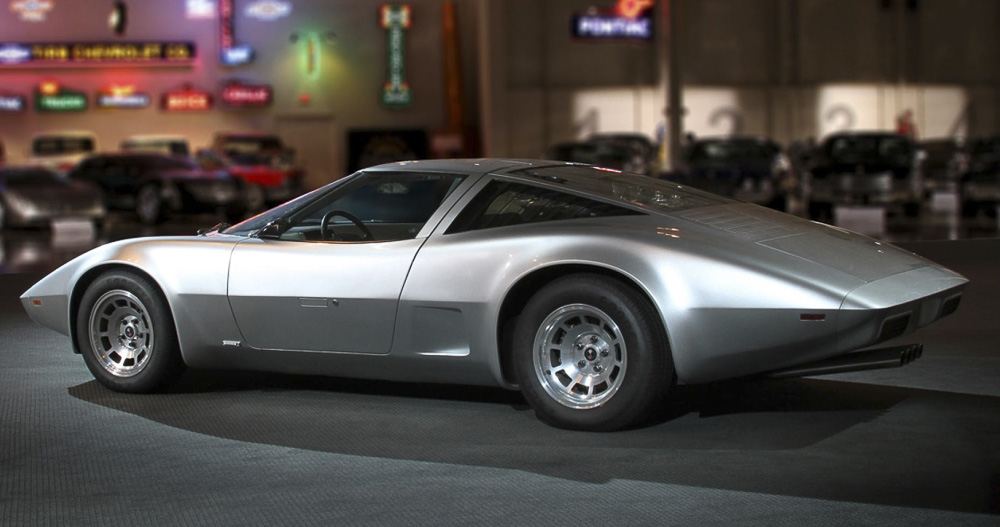
Define ‘serious speed’.
At the time, Zora Arkus-Duntov, the so-called “Father of the Corvette”, said “this Wankel car is faster 0-100mph (161kph) than a 454,” referring to the ‘big block’ 7.4-litre V8 that underpinned the top-end variant of the C3 Corvette.
That’s because, despite running a pair of twin-rotor Wankel engines for a combined output of 420bhp, the combination of engine, steel frame and slippery fibreglass bodywork only weighed 1180kg.
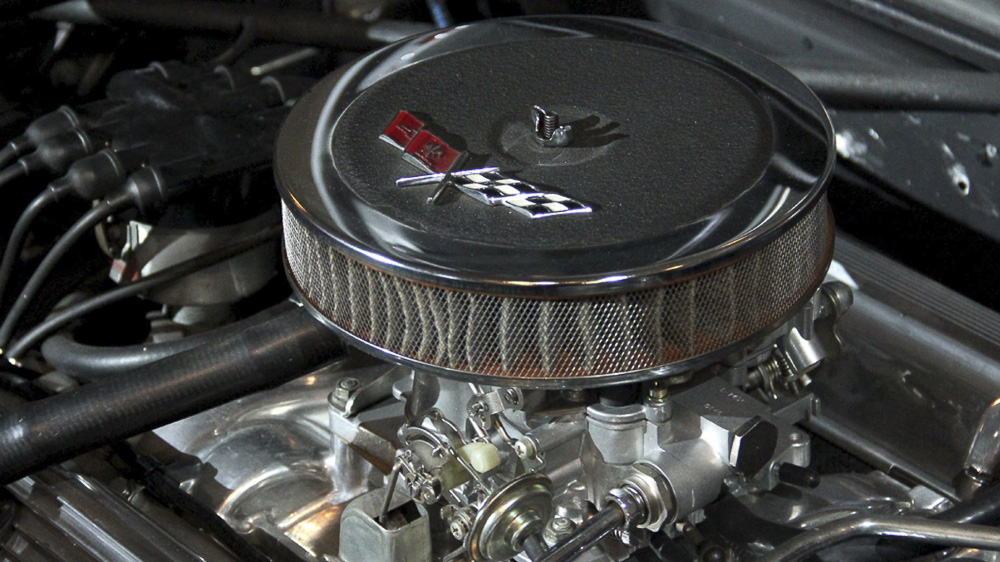
So, why aren’t Corvettes rotary-powered, then?
A combination of factors, really. The oil crisis of 1973 – when oil-exporting Arab countries stopped shipping to Canada, America, Japan, Holland and the UK – was a death knell for high-consumption engines. And, despite their claims to the contrary, the GM rotary engine was certainly no miser.
Then there were the tightening emissions restrictions that not only strangled the big V8s (Cadillac’s 8.2-litre V8 made 400bhp in 1970 and 190bhp in 1976, for instance) but also put an end to American rotaries, relegating Wankel technology to imported Mazdas.
And finally, there’s the cost of getting a rotary to work, when Chevrolet had a pair of engines – the big-block and small-block V8 – ready to go in basically any application that they could dream up.
So, that’s why the rotary-powered test mule was reborn as the Aerovette, powered by the small-block Chevy V8 you see here.
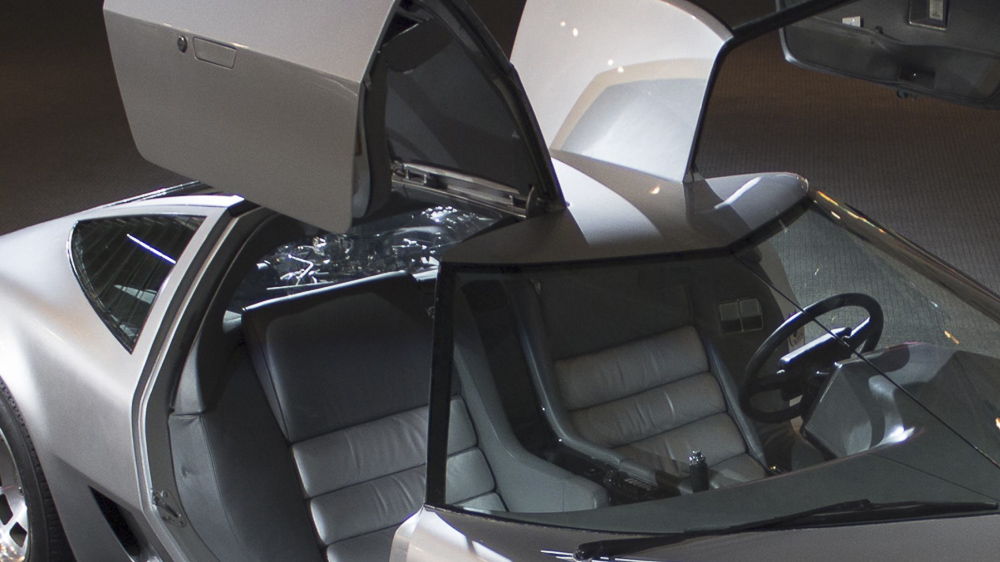
All right then – why aren’t Corvettes already mid-engined?
Well, that’s another story altogether. And, without oversimplifying things too much, it’s all down to buyer demand. GM was concerned about the low-volume sales figures of mid-engined cars, and didn’t want to make a risk-laden investment into an entirely new Corvette when the standard front-engined, rear-drive ’Vette was still a strong seller.
Now, though, 40 years later, they seem to be going through the motions again…
